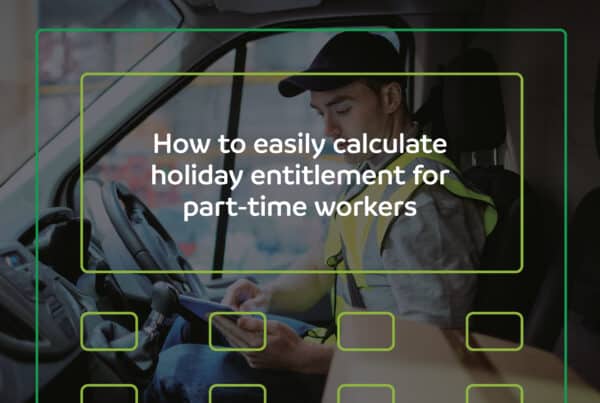
No matter what industry you work in, managing payroll for an increasingly diverse workforce can prove difficult for even the most seasoned of payroll professionals.
Staff costs are among the most expensive costs for businesses. As such, managing payroll effectively to ensure employees are paid correctly and on time is important in order to maintain morale and productivity.
Payroll can be confusing. From different tax bands and rates of pay to commission payments, bonuses, sick pay and maternity pay; it’s clear that the life of a payroll manager can become increasingly stressful as a business grows and employees more staff.
To boot, it becomes more complex with company growth, multiple locations and employees on different working hours and contracts. As a result, payroll teams will be spending more time handling information, making calculations, checking amounts and generating payslips which is where mistakes can be easily made.
It is worth noting that employers who routinely pay employees incorrectly can face fines and penalties, and could have employee retention issues due to constant payroll issues.
So how can you better manage your payroll process?
Keep track of your employees
While it sounds straightforward, it is imperative to keep track of your employees and their current status: whether on long term sick, in receipt of sick pay, are new parents taking maternity or paternity leave or even if they’re entitled to performance related bonuses or commission payments.
Keeping tabs on your employees can help to minimise any under or overpayment of your employees. This may be a fairly simple task for companies with a relatively small workforce but for those with over 150 employees, it can be a monumental task (particularly if your HR and payroll systems aren’t integrated).
To better manage this, software is the obvious solution. This allows you to record any changes to an employee’s working hours, add sick or maternity/paternity pay entitlement, along with any bonuses or commission payments with ease.
Effective payroll projections
Planning your budget can make all the difference in the management of your payroll. Granted, no business has a crystal ball to see into the future but a solid forecast can ease the strain on your team. Payroll budgets allow you to see what your employee’s cost, including what they earn on a monthly basis regarding their salary, but also when it comes to insurance and tax.
This can help you to make a more informed decision about whether you can afford to hire a new worker or see where you could be making some significant savings.
Effective payroll budgeting considers trends in business, sales peaks and troughs, recruitment initiatives, contractual agreements, compensation plans and much more to provide a rounded idea of how much is being paid, to whom and when.
This will aid your payroll team to prepare for any changes in workload in order to ensure all employees are paid correctly, and free from errors. With this information you can manage and analyse the labour costs across your business, by department or location.
Modernise T&A
If you have employees that regularly complete and submit paper timesheets, use punch cards or shift schedules for their working time; you’ll know just how tenuous calculating payroll can be for these individuals. In any paper-based time-tracking, you place a huge amount of trust in your employees to accurately log their time.
When you consider that 19% of employees have admitted to some form of time theft, the cost impact of erroneous timesheets can be catastrophic.
Modern time and attendance systems can ensure fraudulent submissions or mistakes in the hours worked become less likely. Employees clock in and out via their smartphone, QR code or swipe card and the calculations are handled automatically. Not only will this minimise the risk of any mistakes in pay, but it also saves your employees a whole lot of timesheet admin at the end of the week.
Classify employees correctly
One of the most common causes of errors in pay is the mis-classification of staff. Whether classed as an employee, self-employed worker, contractor or temporary worker that is employed by an agency; making mistakes in the way you classify these in your payroll department can lead to costly mistakes. What’s more, there are significant punishments if you’re found to be classifying your employees incorrectly.
How an employee is categorised usually means there is a difference in pay. Contractors may work 2 days a week on an agreed day rate, whereas an employee is salaried and paid monthly. Furthermore, the way in which employees are classified determines the employments rights that an individual is entitled to receive by law and whether they should be paid through PAYE or by other means.
The HMRC’s online service should always be your first port of call if you are unsure of the manner in which to classify your employees for payroll.
Use payroll software
The very nature of payroll software helps you manage paying your employees more effective. From ensuing your compliance to making sure employee pay is calculate accurately, payroll software helps you to automate tax calculations and submit the required statements to HMRC on time, every time.
What’s more, you can manage your payroll operation from anywhere at any time and your employees will automatically receive payslips, P60s and other relevant documentation. Most good providers offer integrated HR and payroll software so any new starters, leavers or changes in working hours or rates of pay can be actioned by HR and your payroll team will be notified and records updated – all in one simple, easy to use system.






